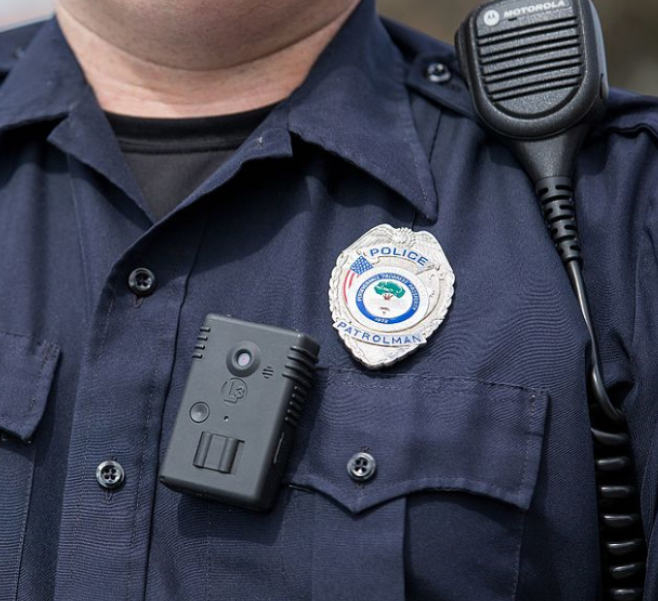Should Police Officers Wear Body Cameras?
January 11, 2021
According to the source Pew Charitable Trusts, only 31% of small police departments have the funds to provide body cameras for their officers. Body-Worn Cameras, or BWCs, provide the community and law enforcement agencies with video documentation of an officer’s interactions throughout their shift. BWCs should be used because they show transparency between the public and agency and aim to discourage inappropriate behavior from officers and citizens. All law enforcement officers should wear BWCs because it is detrimental to the public and agency if their officers go without wearing the cameras.
Why is it important for officers to wear body cameras? Body cameras have been proven to reduce the average amount of citizen complaints and officer use-of-force incidents. The Rialto Study, a study done on The Rialto Police Department located in California, demonstrated an 87.5% decrease in citizen complaints against police officers who wore body cameras. Researchers in the Rialto Study discovered that the average cost of a citizen complaint against a police officer is $20,000, and if BWCs decrease the total amount of citizen complaints, there will also be a decrease in civil suits. In addition to this inquiry, a similar study provided data on how 21 fewer citizen complaints were filed against officers wearing BWCs, ultimately saving approximately $400,000. To illustrate this, that is $4 saved for every $1 spent on body cameras.
A single camera will not impact the way a law enforcement official operates, which is why it is unclear whether the cameras are worth the reduced amounts of citizen complaints and fewer officer use-of-force incidents. This is important to keep in mind. However, according to the Police Forum, in the time period before BWCs were implemented in Mesa, Ariz., Jan. 6, 2006- March 11, 2011, there was an average of 5.8 civil suits per year, in which 2.2 of those suits resulted in a payout. In the same period, only an average of 3.6 suits were dismissed without payout per year. After BWCs were issued, April 2011- Dec. 2015, there was an increase in the average of civil suits, being 9.9 per year. Although there were more civil suits per year, 2.1 suits resulted in payout and 7.9 suits were dismissed without payout. To put this in perspective, before BWCs were introduced to officers in Mesa, Ariz., the maximum amount of money paid for civil suits in a year was $3,865,000. Prior to BWCs, the maximum amount paid for suits in a year was $42,500. After BWCs were issued, the average amount paid in Mesa for one suit was $7,700, which is a huge decrease from the $132,424 average amount prior to the BWC period. In Phoenix, Ariz., the maximum amount paid prior to BWCs for civil suits was $7,119,690. After BWCs, the average cost of suits was $1,072,500. This is proof that BWCs are worth the cost as it is demonstrated in Phoenix and Mesa, Ariz., money is saved throughout the post-BWC timeline.
If all law enforcement officers wear body cameras, there is evidence that proves less civilian complaints and officer use-of-force occasions will occur. This results in the community saving money, which is beneficial. Not only is money saved from implementing BWCs, but the law enforcement agencies will also be seen as more transparent, benefiting every community member.

